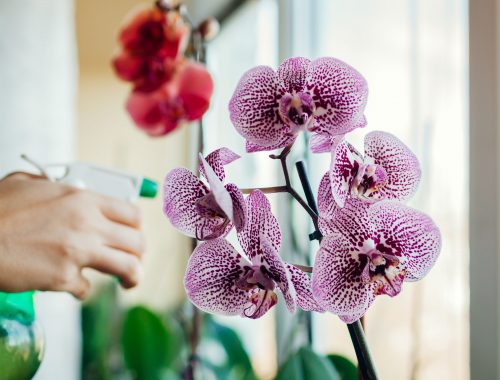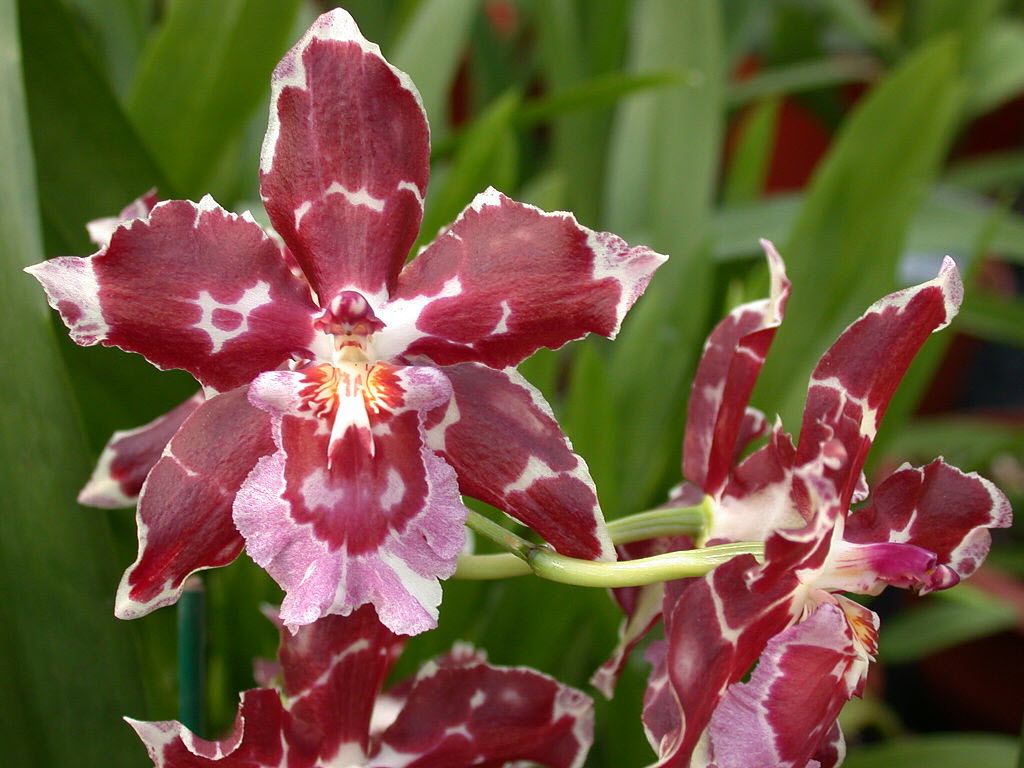
Orchid Care Tips
Orchids don’t require bright light, and they can thrive in a variety of climates. Mottled-leaf orchids, for example, prefer temperatures ranging from sixty to 65 degrees F at night and seventy to eighty degrees F during the day. Green-leaf orchids prefer temperatures of 50 to 60 degrees F, and both need to be kept moist. You can feed orchids with a 30-10-10 water-soluble fertilizer. When the last flower has fallen, trim off the stem tip to encourage reblooming.
Don’t cut off flower spikes
Cutting off the top of a flower spike isn’t the best way to care for an orchid. It will cause the plant to conserve energy for a future bloom, and you’ll likely end up with a smaller flower spike next year. The best way to prune a flower spike is at the first node below the lowest bloom. This will encourage side shoots to develop. However, do not cut off more than one flower spike at a time.
Don’t cut off roots
If you want to keep your orchids healthy, don’t cut off their roots! Despite the fact that they’re a beautiful part of your garden, they can become damaged if you accidentally cut them. A good way to determine whether your orchids’ roots are healthy is to feel them. A healthy orchid root feels firm and supple. A dry orchid root feels mushy and brittle.
Don’t mist
You’ve probably heard the phrase, “Don’t mist your orchid” at one point or another. The reason is simple: orchids require a certain level of humidity in their environment. Misting will damage these roots and encourage mold, mildew, and root rot. Instead, use rainwater to mist your orchid. And don’t mist your potting media unless you’re sure it’s suitable for your orchid.
Fertilize
The most reliable way to fertilize orchids is to use a complete inorganic fertilizer. These fertilizers are formulated for various purposes, such as stimulating the growth of the leaves and roots. Some orchid fertilizers also promote flowering. Whatever your purpose, an orchid fertilizer is an important part of orchid maintenance. Using the right formula is essential for healthy orchid growth. Follow these instructions to make fertilizing easy. You should always read the package instructions and follow them carefully.
Don’t cut off leaf tips
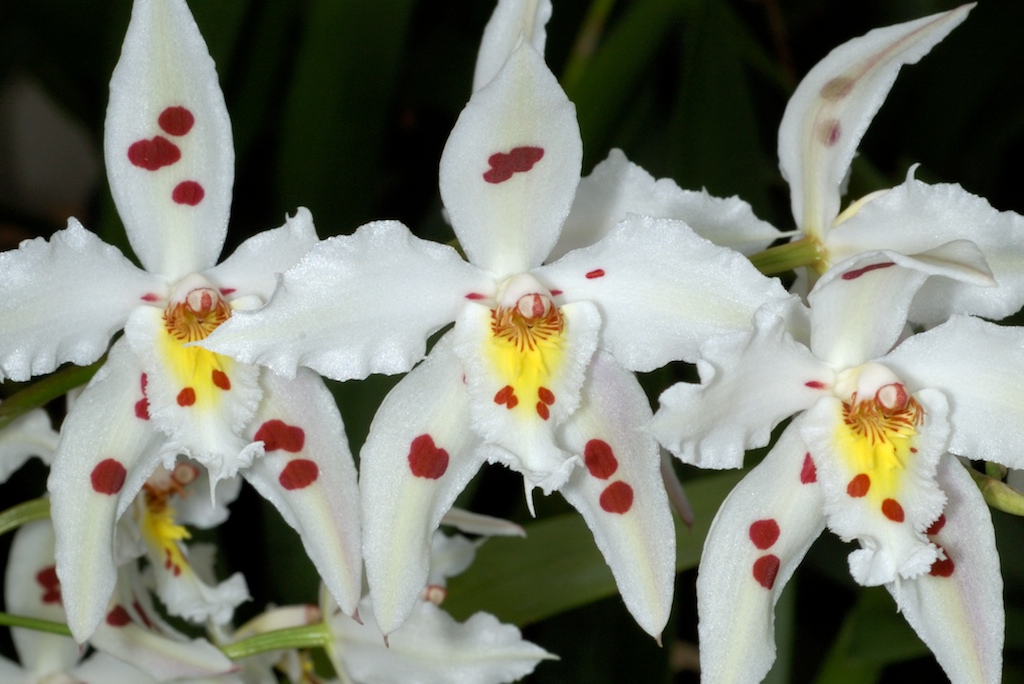
Don’t cut off leaf tips when caring fro your orchids. Leaf tips can die off due to over-fertilization or improper water quality. Potted orchids can become sunburned if the potting medium becomes too impure. To avoid this, flush the pot thoroughly and re-pot the orchid after fertilizing. Cut off only damaged foliage and do not remove the entire leaf spike.
Avoid overwatering
If you’re not sure whether you’re overwatering your orchid, you should start by inspecting the roots. If they’re black or brown, they’re most likely suffering from overwatering. Additionally, you should check for drooping leaves or yellow spots on the leaves to determine whether your orchid is overwatered. These symptoms may be signs of a disease or lack of oxygen around the roots.

Orchid Types
You May Also Like
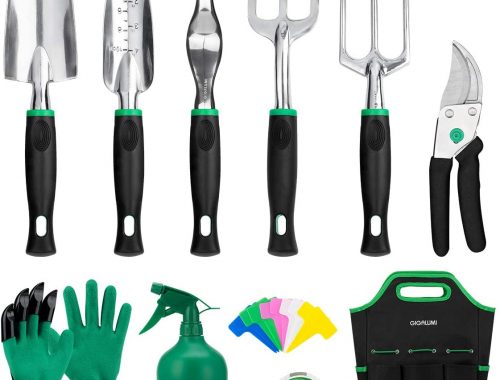
Garden Tools
April 28, 2022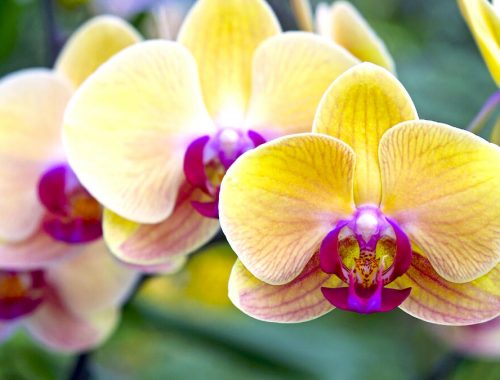
Orchid Types
April 23, 2022